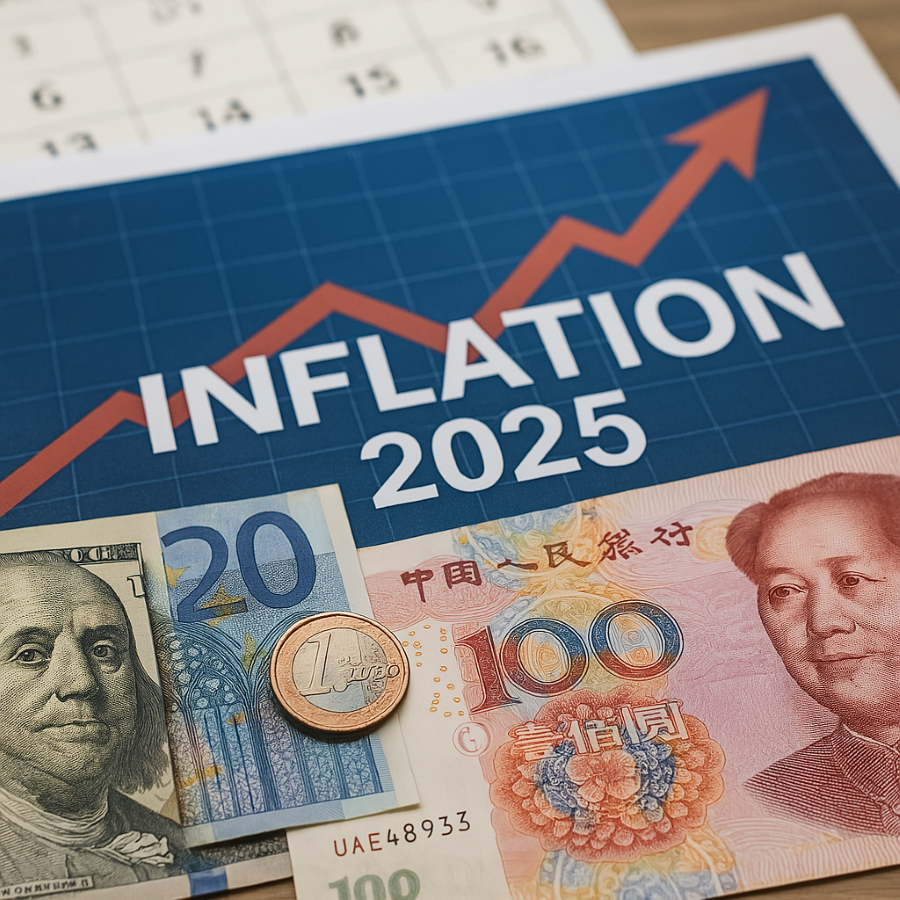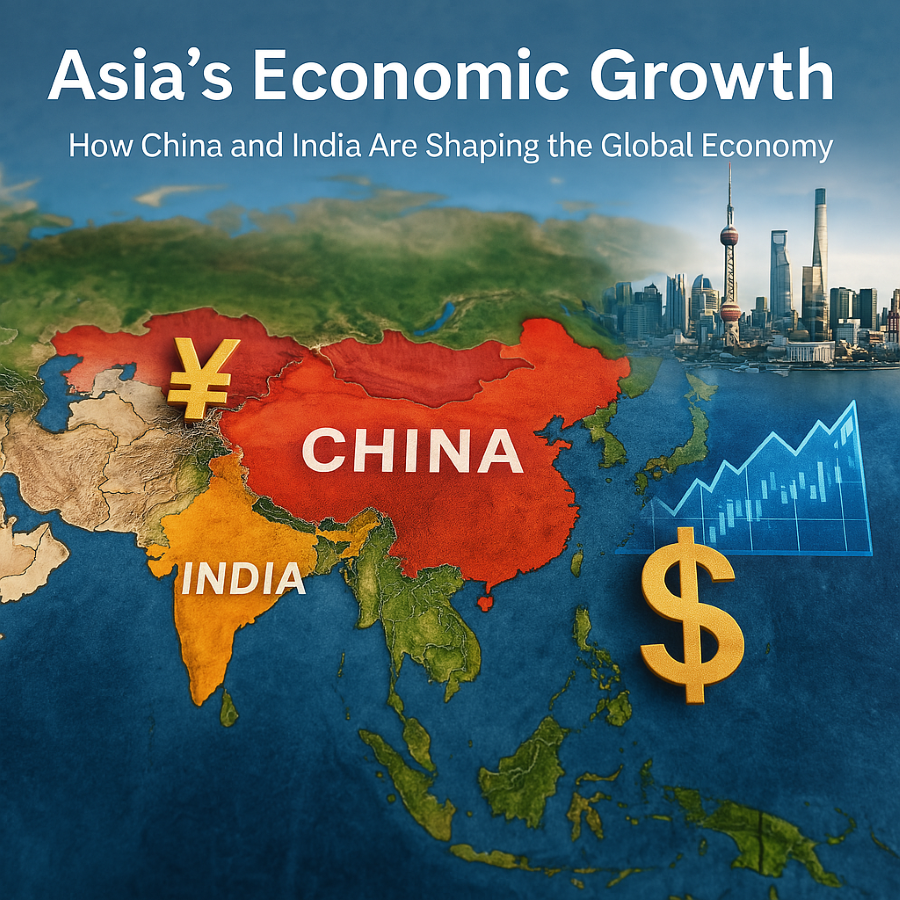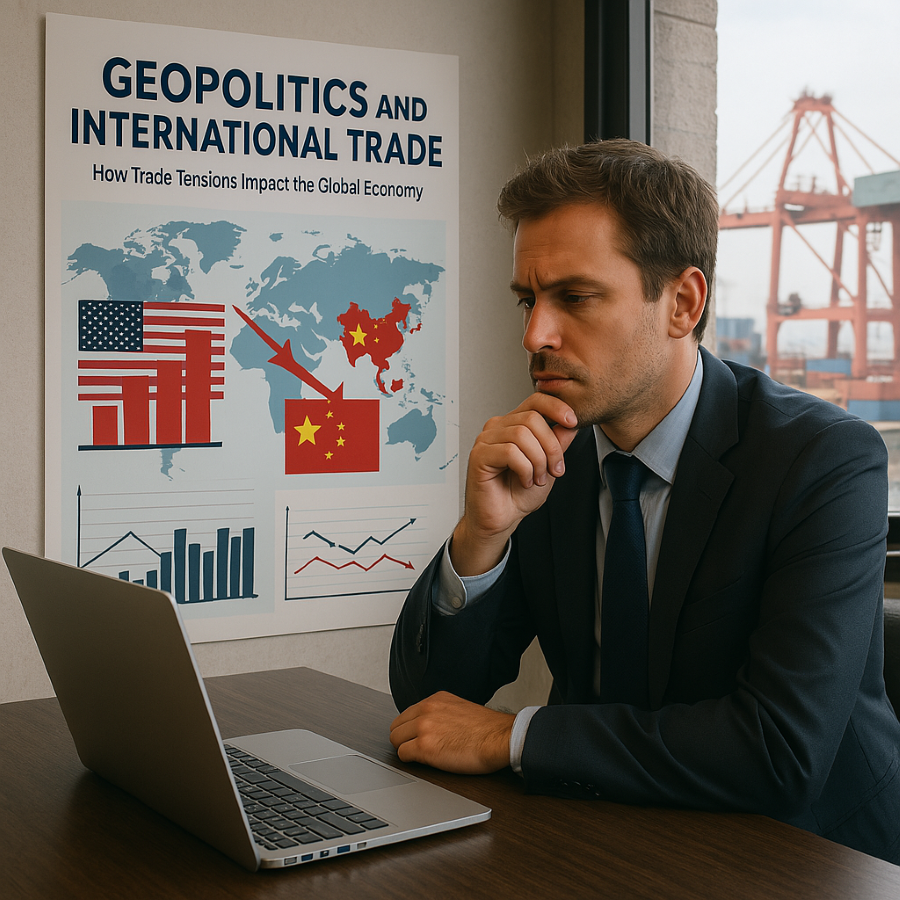Understanding the Effects of Trade Tensions on the Global Economy
Trade tensions between major economies have long-lasting effects on global markets, businesses, and consumers. In 2025, the world continues to face challenges from geopolitical conflicts, protectionist policies, and shifting trade alliances. Understanding these factors is crucial for investors, entrepreneurs, and policymakers alike.
The Key Players in Global Trade Tensions
- United States and China: The world’s two largest economies continue to battle over tariffs, intellectual property, and technological dominance.
- European Union: Facing challenges related to Brexit’s aftermath, energy dependence, and new trade policies with the U.S. and China.
- Latin America: Countries like Brazil and Mexico navigate trade agreements while balancing economic partnerships with both China and the U.S.
The Impact on Global Markets
Trade disputes cause market volatility, disrupt supply chains, and lead to economic uncertainty. Some key impacts include:
- Rising Costs: Tariffs increase production expenses, affecting both businesses and consumers.
- Supply Chain Shifts: Companies relocate manufacturing to avoid trade barriers, leading to increased nearshoring and reshoring trends.
- Currency Fluctuations: Political instability influences exchange rates, affecting imports, exports, and inflation levels.
How Trade Tensions Affect Key Sectors
- Technology: Restrictions on semiconductor exports and 5G development impact global innovation and tech companies.
- Energy: Sanctions and trade agreements shift oil and renewable energy markets.
- Agriculture: Farmers and exporters face fluctuating demand due to tariffs and changing trade deals.
The Future of International Trade Relations
- New Trade Agreements: Countries are renegotiating partnerships to reduce dependency on unstable trade routes.
- Rise of Economic Blocs: Regional trade alliances, such as the RCEP in Asia, strengthen cooperation among certain nations.
- Digital Trade Growth: E-commerce and digital services become central to global trade, reducing reliance on traditional exports.
Conclusion: Navigating a Changing Trade Environment
Trade tensions will continue shaping global commerce. Businesses and investors must remain adaptable, diversify their strategies, and stay informed about international economic policies to minimize risks and seize new opportunities.




